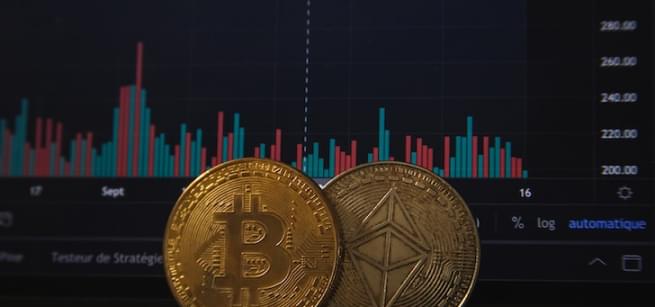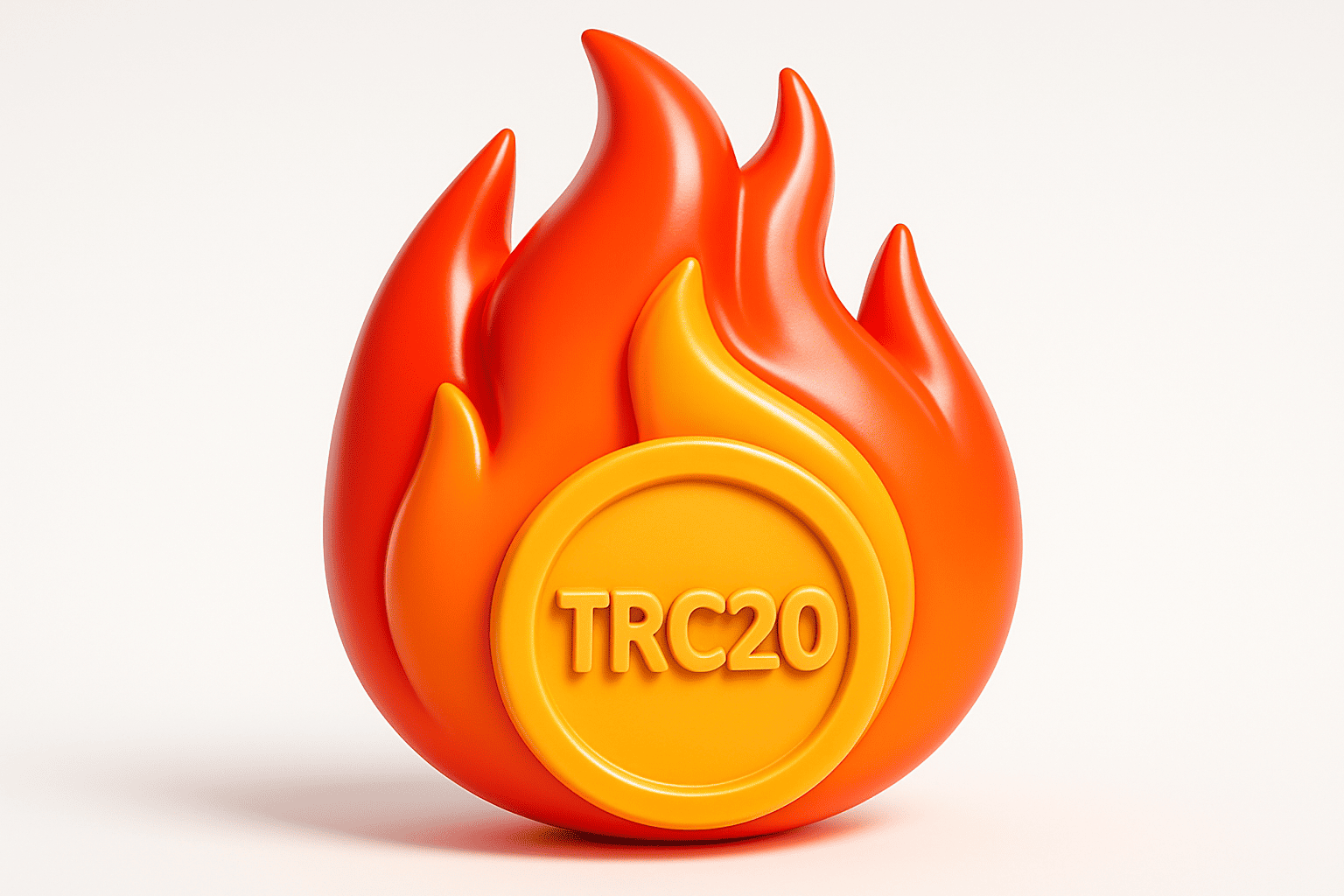Popular cryptos
Creditcoin
Download app Ironwallet and get tool for making transaction without network fee
About Creditcoin
Creditcoin (CTC) is a pioneering lending protocol that harnesses the power of blockchain technology to create a decentralized, interoperable platform for connecting investors and borrowers. By leveraging the immutability and transparency of distributed ledger technology, Creditcoin aims to revolutionize the lending landscape and provide financial opportunities to the unbanked population.
The Creditcoin network serves as a matchmaking platform, allowing investors and fundraisers to register their loan requirements and find compatible counterparts. This innovative approach streamlines the lending process and enables participants to engage in loan transactions seamlessly. Moreover, the network’s immutable ledger records all credit transactions, providing a secure and tamper-proof history that can be used to build credit for individuals who may have been previously excluded from traditional financial systems.
One of the key features of the Creditcoin network is its flexibility. Investors and fundraisers can announce their offers, specifying their desired loan conditions, and the network intelligently matches them based on their requirements. Once a match is found, the loan transaction is recorded on the blockchain, ensuring transparency and accountability. Additionally, investors have the option to transfer their bond to another user, introducing liquidity and versatility to the lending ecosystem.
At the heart of the Creditcoin network lies its native currency, Creditcoin (CTC). This digital asset serves as the primary means of payment for credit transactions conducted on the blockchain. By utilizing Creditcoin, users can securely and efficiently facilitate their lending activities, with all transaction history permanently recorded on the immutable ledger. This recorded history becomes a valuable resource for investors, who can verify the creditworthiness of potential borrowers and make informed investment decisions based on the transparent and reliable data provided by the Creditcoin network.
History of Creditcoin
Creditcoin emerged in 2017, the brainchild of a collaboration between Gluwa and Aella, where Gluwa contributed its technological prowess to the development of Creditcoin, and Aella took on the role of its first distributor.
Gluwa consists of a diverse group of professionals from around the world, bringing together a wealth of knowledge in blockchain, cryptocurrency trading, financial services, computer science, traffic engineering, and even clinical psychology. Key figures in its creation include Tae Oh, who is the driving force as Founder and CEO, along with Scott Hasbrouck overseeing engineering, Sung Choi managing investments, Vladimir Kouznetsov spearheading blockchain architecture, David Lebee, among others.
On the other side, Aella focuses on revolutionizing credit and payment systems in burgeoning markets through a suite of services including instant loans, bill settlements, micro-insurance for health, investment opportunities, and peer-to-peer transfers. The vision for Aella is led by Akin Jones as Founder and CEO, with Wale Akanbi as the Chief Technology Officer, aiming to make financial services more accessible and efficient.
How Creditcoin Works
The Creditcoin ecosystem is structured around four key participants: Investors, Lending Pools, Fundraising Entities, and the Final Consumers or Borrowers.
Investors, ranging from individual participants to large financial bodies, integrate into the Creditcoin investment scene by placing “Ask Orders” on the blockchain. Their goal is to inject liquidity into the market, whether in fiat or cryptocurrency, to gain a stable return from various liquidity pools.
Lending Pools, also known as Money Markets, are established through the consolidation of investor ask orders along with contributions from Gluwa Capital. Gluwa Capital’s mission is to invigorate the decentralized finance (DeFi) lending industry through the issuance of Gluwa-wrapped stablecoins.
Fundraising parties, encompassing a spectrum from smaller financial bodies to larger institutions, microfinance entities, non-profits, or governmental units, aim to better the financial accessibility for the unbanked or under-serviced populations. These fundraisers leverage Credal to engage with and execute transactions on the Creditcoin blockchain.
Borrowers represent individuals or entities with limited or no conventional banking or lending opportunities, standing to gain from the enhanced liquidity offered by the DeFi lending landscape. They generate the demand for capital, thus animating the market.
Credal – Creditcoin APICredal, functioning as the Creditcoin API, offers the necessary infrastructure and tools for developers to transition their blockchain projects from the testing phase to full-fledged operation within the Creditcoin framework. Essentially, Credal acts as a facilitative API layer, easing the application development and deployment process on Creditcoin by interfacing with multiple Creditcoin nodes on the developer’s behalf.
Off-Chain Credit Scoring SystemRegarding the credit scoring mechanism, it intentionally remains off the blockchain for several reasons. Firstly, acknowledging the diversity in credit models and the preference of lenders for distinct assessments is paramount. Secondly, the computationally intensive nature of credit evaluations deems them unsuitable for on-chain execution.
Furthermore, a comprehensive credit risk evaluation necessitates the integration of both on-chain and off-chain data. As the DeFi sector continues to explore and develop credit scoring methodologies, the decision to maintain these assessments off-chain prevails until a more advanced solution is established.
Unique Token ModelTo mitigate the impact of high transaction fees and fluctuating CTC values, Creditcoin has devised a distinctive token utilization strategy. Every transaction within the network incurs a fee in CTC, which is sequestered within the system for approximately a year before being reimbursed to the user. Purchasing CTC essentially grants the buyer an enduring privilege to access and utilize the network. By functioning as a versatile utility token, CTC seeks to diminish transactional uncertainties for those engaging on the Creditcoin platform.
Creditcoin Tokens
Creditcoin operates using a dual-token system to facilitate its network operations and incentivize user engagement. Here’s a closer look at the two distinct tokens within the ecosystem.
CTC Mainnet TokenThe CTC Mainnet Token is the cornerstone of the Creditcoin framework, serving various key functions including:
- Transaction fee payments within the network
- Rewards and incentives for network participants
- Staking benefits for holders
- Enhancing network security
Primarily, Real-World Asset (RWA) fintech lenders and financial institutions leverage this token to take advantage of the network’s capabilities in transaction documentation and validation. As of now, these CTC Mainnet Tokens are not available for trading on cryptocurrency exchanges.
CTC ERC-20 Token (G-CRE)Known on exchanges as G-CRE, the CTC ERC-20 Token represents the network’s token that is vested and traded. It can be converted into CTC Mainnet Tokens through a one-time, one-to-one exchange mechanism.
Tokenomics of CTCThe total supply of CTC tokens is capped at 2 billion, with a current circulating supply of 207.25 million.
The token launch saw participation from a wide array of international investors. The initial token offering aimed for a maximum (hard cap) of $30 million and a minimum (soft cap) of $10 million.
The initial token distribution was structured as follows:
- Miners received 70% of the total CTC supply
- Gluwa Inc., the technology backbone of Creditcoin, was allocated 15%, with a six-year vesting schedule
- 10% was earmarked for investors, subject to a linear vesting period ranging from three to six years
- The remaining 5% was set aside for public initiatives, community engagement, and governance of the network
What influences the price of Creditcoin
Creditcoin’s (CTC) value is shaped by several key factors inherent to the fluctuating nature of the cryptocurrency market. The balance between supply and demand is central to its valuation; as the Creditcoin ecosystem becomes more widely used for its lending and borrowing facilities, the demand for CTC naturally increases, which could lead to a rise in its market price. The platform’s growth and how effectively it bridges borrowers with lenders across various blockchain platforms also significantly influence its demand.
The appeal of Creditcoin, especially its novel approach to enabling credit-based transactions without traditional collateral, plays a vital role in attracting users. This, in turn, impacts its demand dynamics.
External factors such as overall trends in the cryptocurrency market, investor mood, and global economic developments or regulatory changes also contribute to the volatility of CTC’s price. The cryptocurrency environment is highly sensitive to such externalities, which can lead to swift price changes for tokens, including CTC.
Additionally, the specific tokenomics of CTC, with its total supply capped at 2 billion tokens and a distinctive model where transaction fees are locked for a year, crafts a particular supply landscape that influences its price. As the broader blockchain and digital asset ecosystem progresses, Creditcoin’s integration with other major blockchain networks and its efficiency in offering a decentralized credit solution remain pivotal in determining its financial trajectory.





















